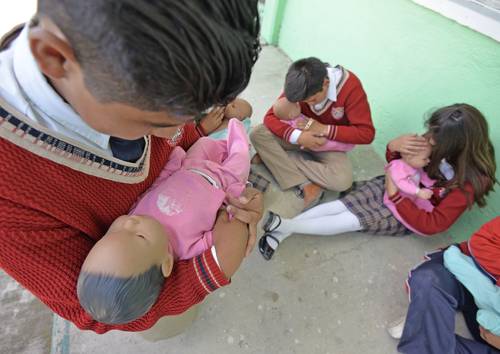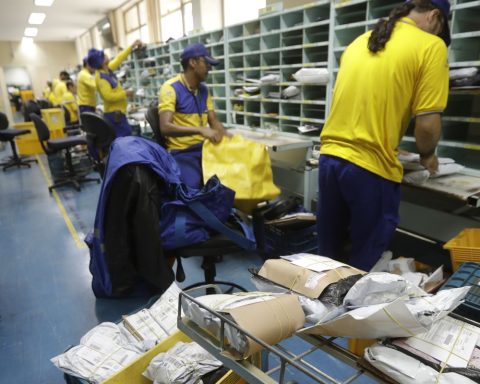▲ High school students in Mexico are taught the concepts of sexuality, gender and reproduction, sexually transmitted infections, the importance of the condom and how it should be placed, pregnancy prevention, among others.Darkroom Photo
Alexia Villasenor
La Jornada Newspaper
Monday, January 6, 2025, p. 5
In Mexico, coverage of comprehensive sexuality education (CSE) in primary and secondary school curricula is in the range of 76 to 100 percent, according to the United Nations Educational, Scientific and Cultural Organization (UNESCO). ).
In the document The path towards comprehensive sexuality education: Report on the situation in the worldthe international organization mentions that CSE is fundamental for the well-being of children and young people, by providing them with the knowledge and skills they need to make healthy and responsible decisions in their lives.
The CSE is in the curricula on a mandatory basis at least in these two levels of basic education, however, he reported that there is no monitoring or evaluation of how it is taught or how many of these topics are covered during each school year, in addition to that there is resistance and opposition in certain sectors of society towards these topics.
These results may present an overly optimistic picture and should be read with caution.
he warned, then Some countries may assume that if the sexuality education curriculum is mandatory, all schools with the curriculum should teach it, and these are unvalidated assumptions.
.
In the free textbooks in primary education, from fourth grade – and during fifth and sixth – topics on human biological development are addressed, which includes physical changes in puberty and adolescence, reproductive organs, biological maturity, primary and secondary sexual characteristics. , menstruation, ejaculation and sexual health care.
At the secondary level, the concepts of sexuality, gender and reproduction, sexually transmitted infections, the importance of the condom and how it should be placed, pregnancy prevention, effectiveness of contraceptive methods and the sexual rights that adolescents and young people can access are discussed. .
According to recent data from the National Population Council (Conapo), the teenage pregnancy rate (15 to 19 years of age) decreased 30 percent, going from 72.2 births per thousand adolescents in 2015, to 50.5 per thousand in 2024. In children under 14 years of age it went from 10,500 births in 2015 to 8,218 by 2024. a decrease of 22 percent.
Of the young people between 15 and 19 years of age who requested sexual health services, the majority went mainly for sexuality orientation (79.2 percent), followed by contraceptive methods counseling (56.3 percent); in guidance on prevention of pregnancy and sexually transmitted infections (STIs) and HIV (28.6 and 26.8 percent, respectively), according to the National Continuous Health and Nutrition Survey (Ensanut) 2023.
Professors pointed out that these topics They must be treated with care because we do not know how parents will react.
. Although they agreed that students should be aware of how their body works and how they should take care of themselves when they decide to have a sexual encounter, pity and prejudice limit how these topics are explained, since many young people do not ask their concerns for fear of feeling embarrassed
.
















